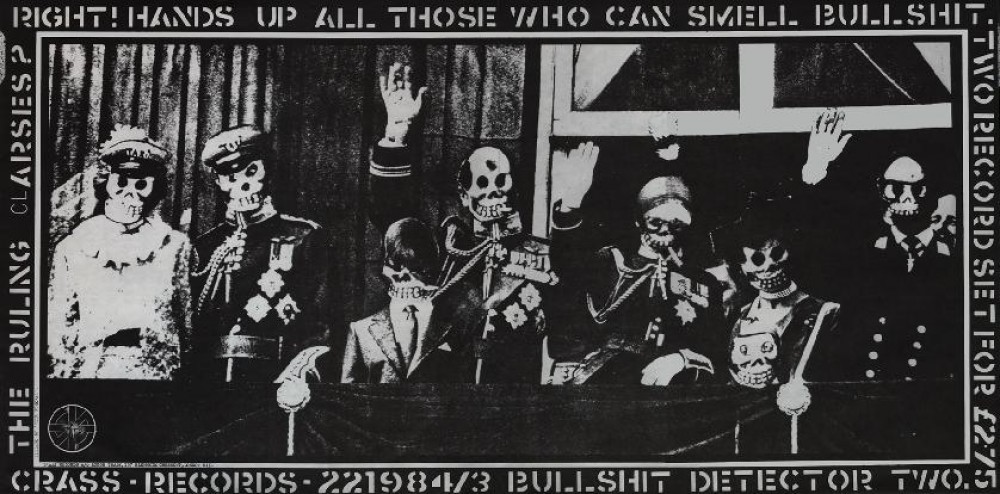Last year I was pleased to see the publication of Matt Mollgaard’s edited collection“Radio and Society: New Thinking for an Old Medium”[i] This book successfully draws together a collection of contemporary research by radio scholars from across the globe that explores this established medium in all its complexities. The collection draws on historical and critical debates around its development, its production and consumption, and the role of business, communities and government in the shaping of the medium. Another reason for my pleasure in seeing this book published is that I co-authored a chapter for the book with a colleague of mine Siobhan Stevenson, another researcher from The Birmingham Centre for Media and Cultural Research. Our contribution considers the role of radio as a tool for rehabilitation and social inclusion. In one instance Siobhan looks at the role of radio in the British penal system and how it is used as one of many ‘tools’ to aid in the rehabilitation of prisoners. In the second half of the chapter I discuss the role of radio production as an accessible ‘tool’ for enabling social inclusion for two groups of people that could be perceived as socially excluded or marginalised. The chapter was based on a reflective account of two community based radio projects I developed and delivered in 2006 and 2007 supported by research by academics and practitioners to support some of the issues raised by these projects.
Ofcoms audit on media literacy in 2003[ii] highlighted that access to specific communicative resources is closely linked to the development of media literacy and its effectiveness in allowing participation in society. The principle behind the projects was to use cheap and accessible digital recorders and editing software to develop media literacy and give these particular groups a ‘voice’ and allow them to engage with the forms of media that were otherwise inaccessible due to the nature of their political, cultural, social and geographical situation. The projects aim was to train a small group of people within the specific community to use the digital equipment and for them to then go on and disseminate those skills within their community. This principle draws on Günnel’s discussions on the ‘dual-role’ approach[iii] , a type of active and reflective ‘training the trainer’ cascading pedagogy.
The first group I worked with were a group of young Gypsy adults (19-22) who wanted not to only be able to engage with contemporary digital technologies but use them as a way of documenting their culture and to address many of the media and cultural mis-representations of the Gypsy and Traveller communities. Due to the very nature of a mistrusting and relatively closed cultural group the project brought many challenges in the early stages in being able to establish and build trusting relationships to enable access to the community. Once this was achieved the participants were very able and willing in learning to use the equipment and produce some really good audio material that was shared amongst the Gypsy community and ‘mainstream’ society. This ability to tell their ‘own stories’ helped empower this group of young adults to consider their community within the wider context of society and how they could use these technologies to help readdress media representations of their culture.
The second group I worked with were a group of teenagers (15-18) that lived in rural Herefordshire and felt socially excluded due to their geographical location and lack of access to transport and leisure facilities. Using the same training approach, as with the Gypsy community, this group of young people explored their ideas and feelings of what it was like to be a teenager growing up in an isolated and rural location. The material they produced, short audio diaries and documentaries, were uploaded onto a specific website so they could hear the work of others in their locality-this in turn created an online community where they could communicate with each other via a forum. Encouraging and empathic comments from other young people who also lived in other rural and isolated areas who had come across the website started to extend this online community. This in turn reduced some of those feelings of isolation for the participants and forum members.
Some of the interesting issue that came out of these projects are talked about in more detail in the book. However in conclusion it was demonstrated that not only can simple radio production skills support communities and culturally empower them, as was the case with the young Gypsy adults, but in the case of the young rural people it contributed towards constructing and sustaining a new (online) community beyond the initial and original group of participants.
[i] Mollgaard, M (2012) “Radio and Society: New Thinking for an Old Medium” Newcastle Upon Tyne, Cambridge Scholars Publishing.
[ii] http://www.legislation.gov.uk/ukpga/2003/21/contents
[iii] Günnel, T. (2006). Action-oriented Media pedagogy: theory and practice. In P. Lewis, & S. Jones (Eds.), From the Margins to the Cutting Edge: Community Media and Empowerment (pp. 41-65). Creskill, NJ: Hampton Press.
Günnel, T. (2008). The ‘Dual Role’ approach: encouraging access to community radio.The Radio Journal-International Studies in Broadcast and Audio Media , 6(2 & 3), 87-94, doi: 10.1386/rajo.6.2&3.87/4
